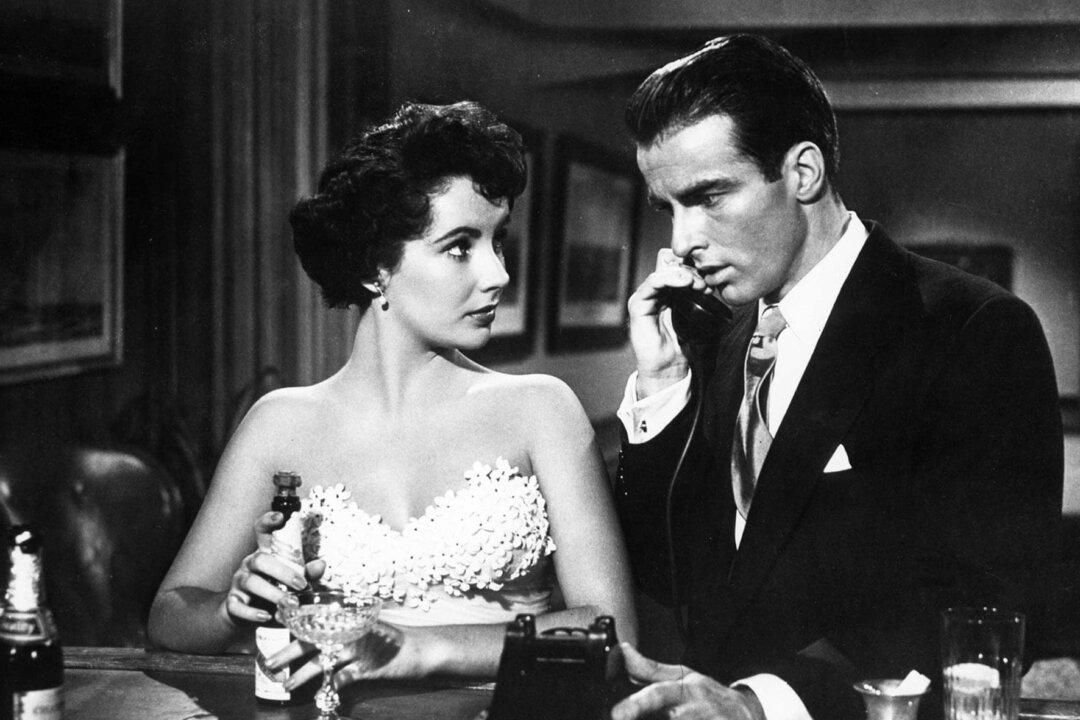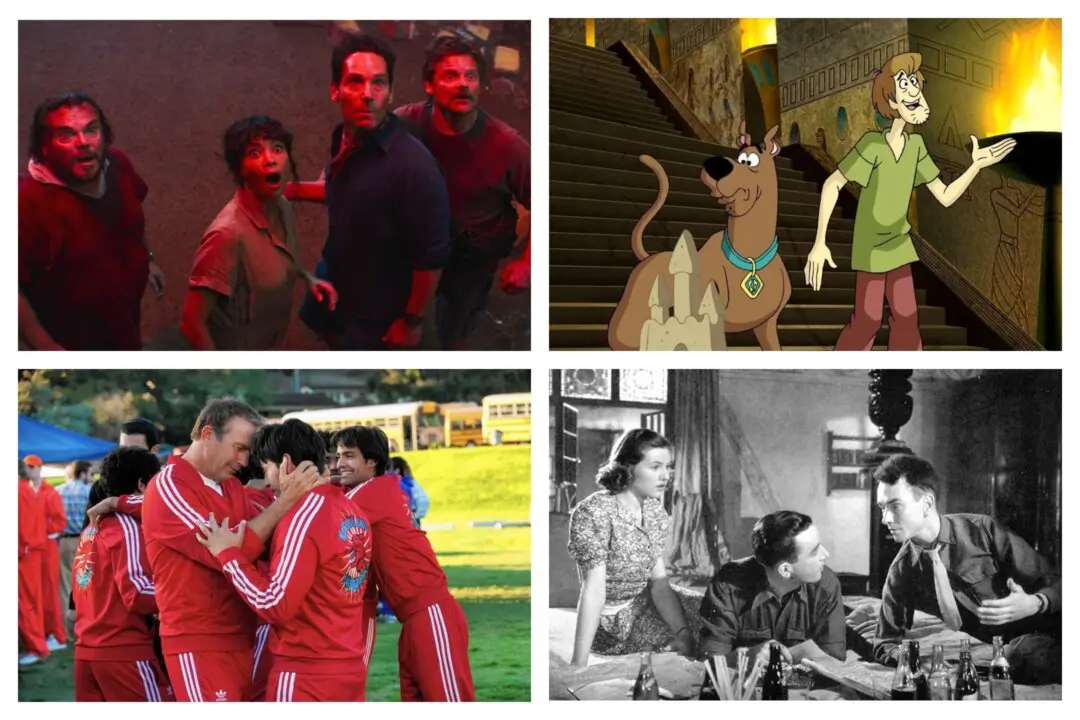The dawn of the 1950s in the United States marked a profound period of societal change, as the nation basked in the glow of the post-war boom with a sense of optimism and renewal.
‘A Place in the Sun’: Montgomery Clift Steps Into Stardom
Director George Stevens’ brings to the screen a sweeping drama of epic proportions.

Passions ignite between Angela Vickers (Elizabeth Taylor) and George Eastman (Montgomery Clift), in “A Place in the Sun.” Paramount Pictures
Ian Kane is an U.S. Army veteran, author, filmmaker, and actor. He is dedicated to the development and production of innovative, thought-provoking, character-driven films and books of the highest quality.
Author’s Selected Articles





